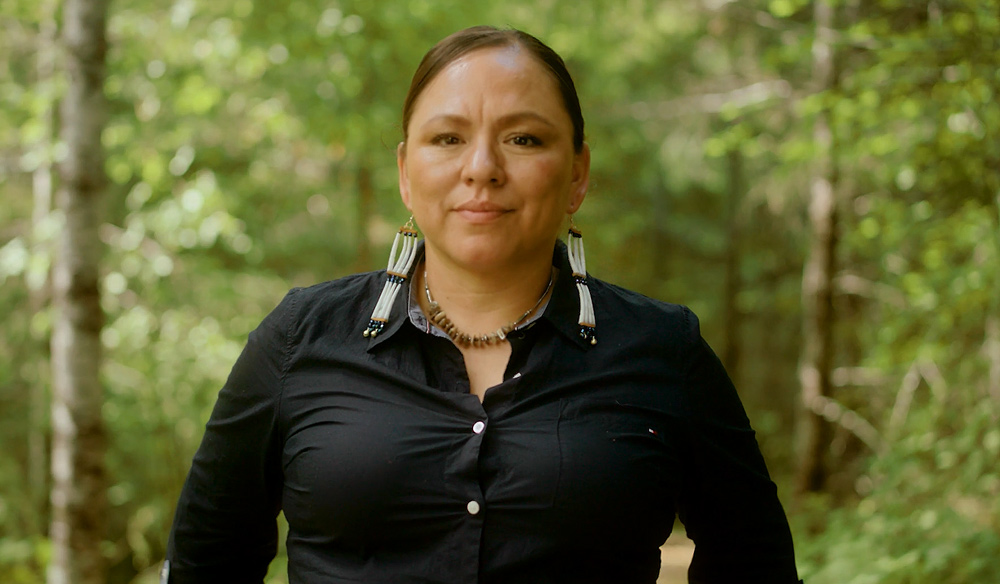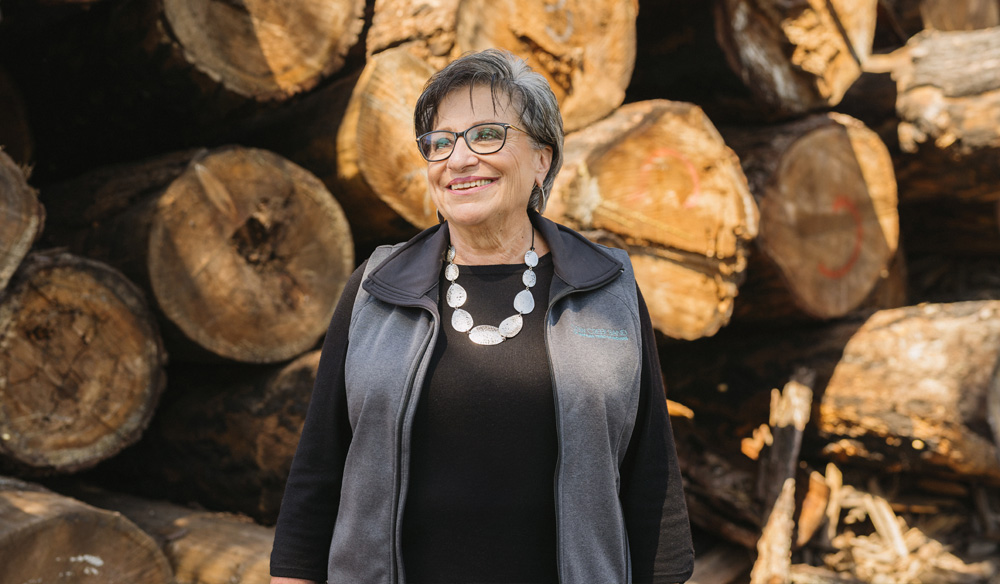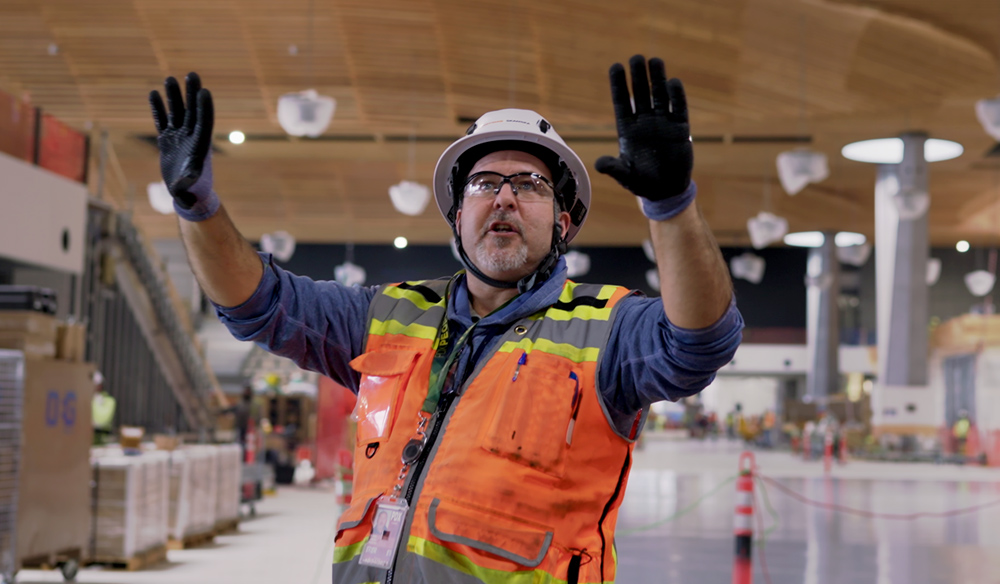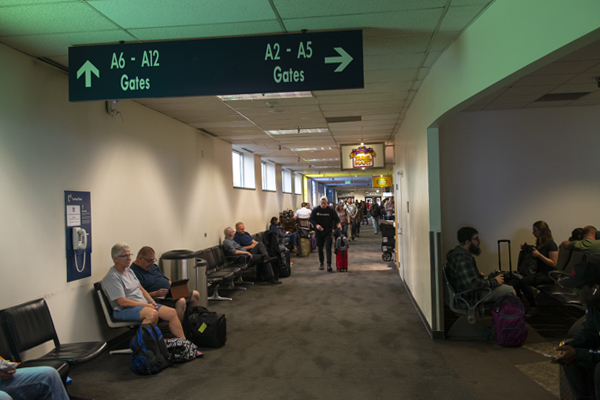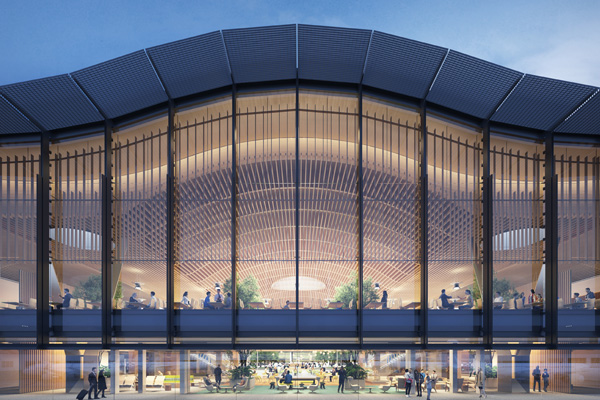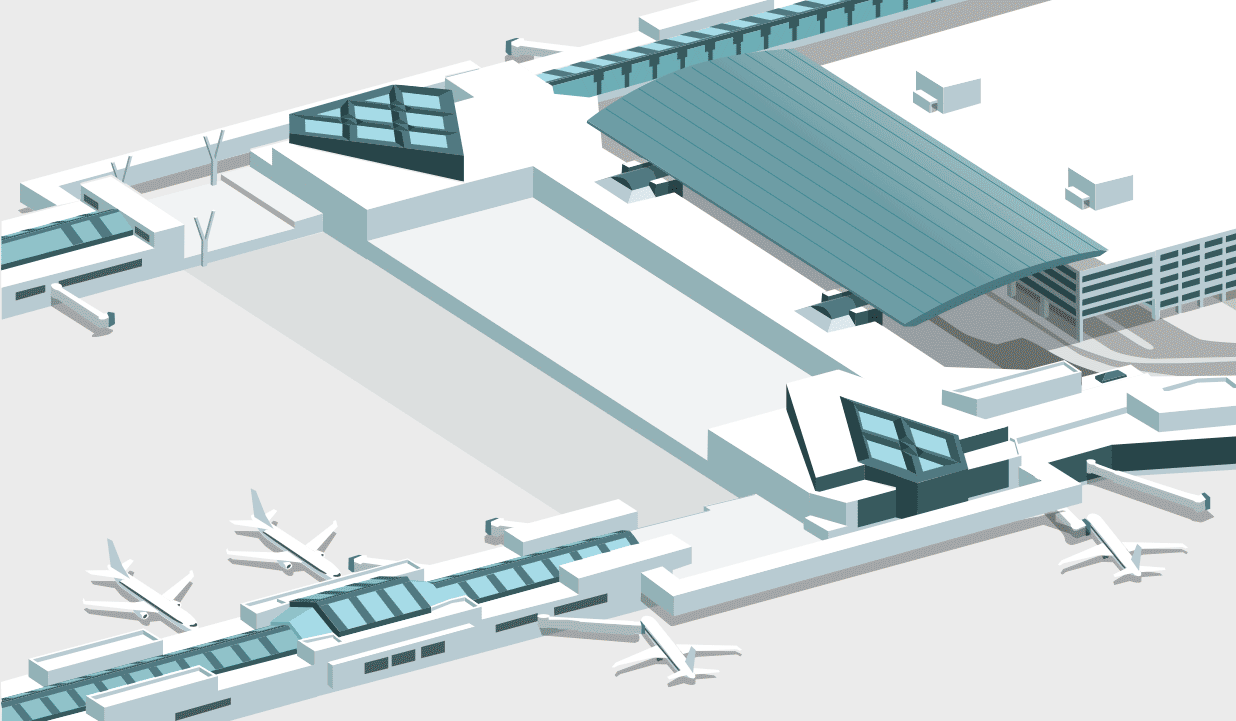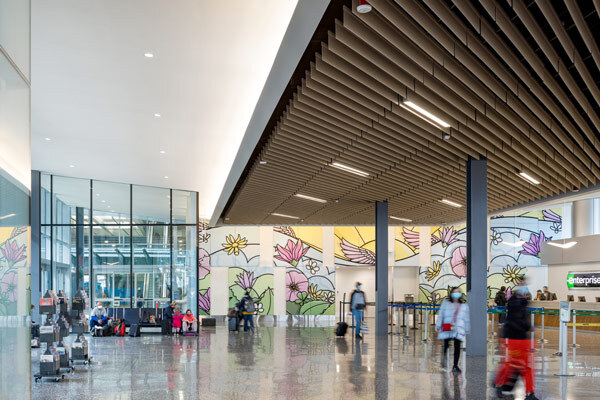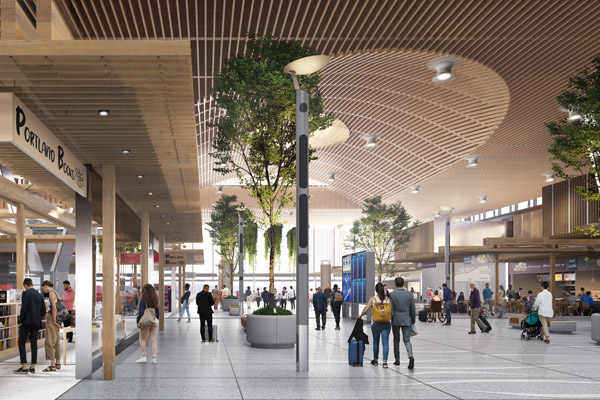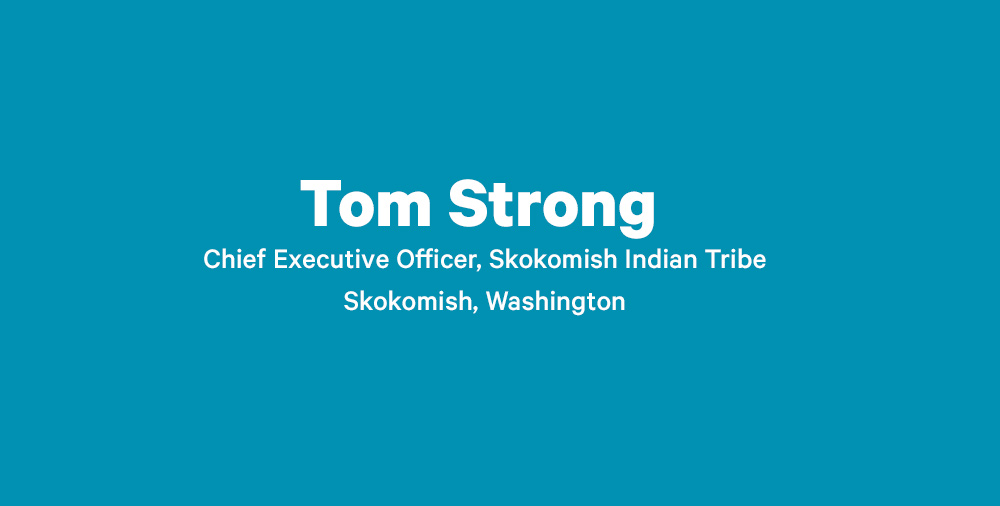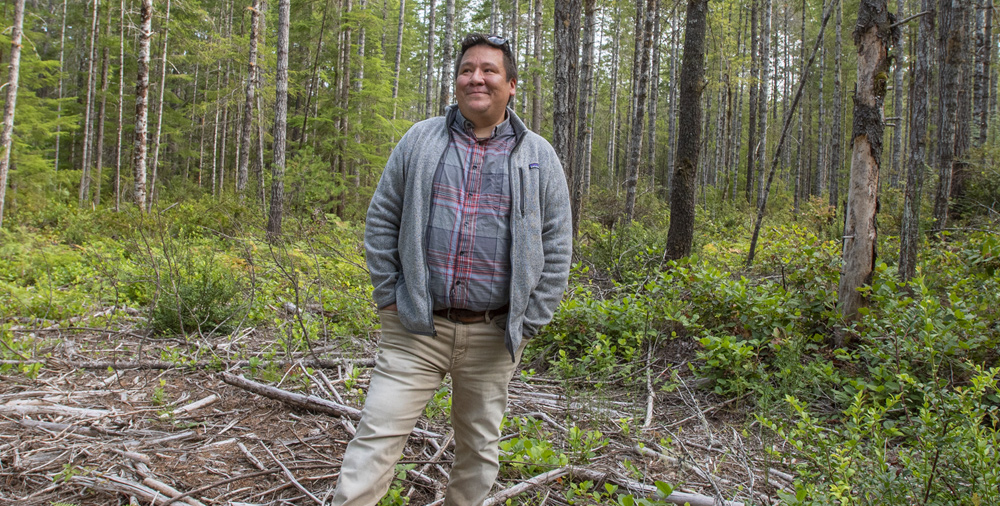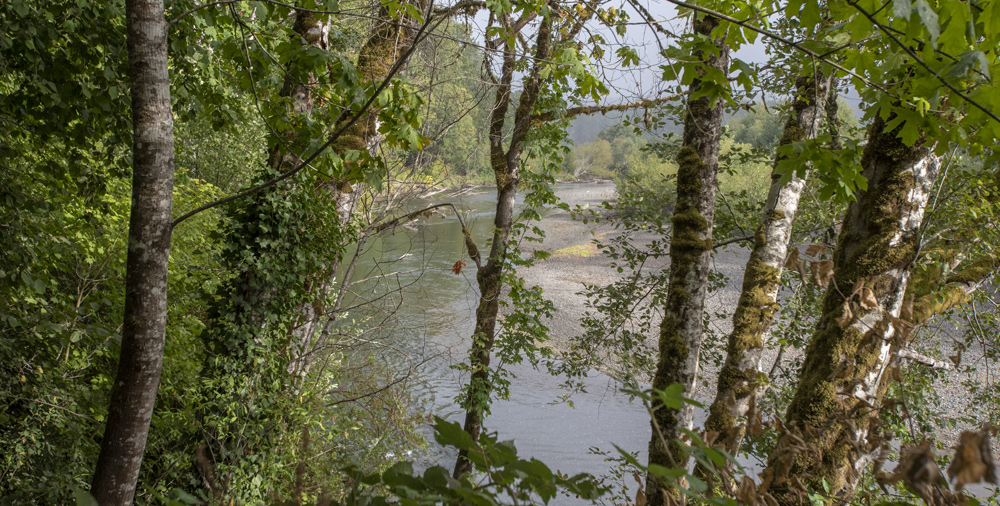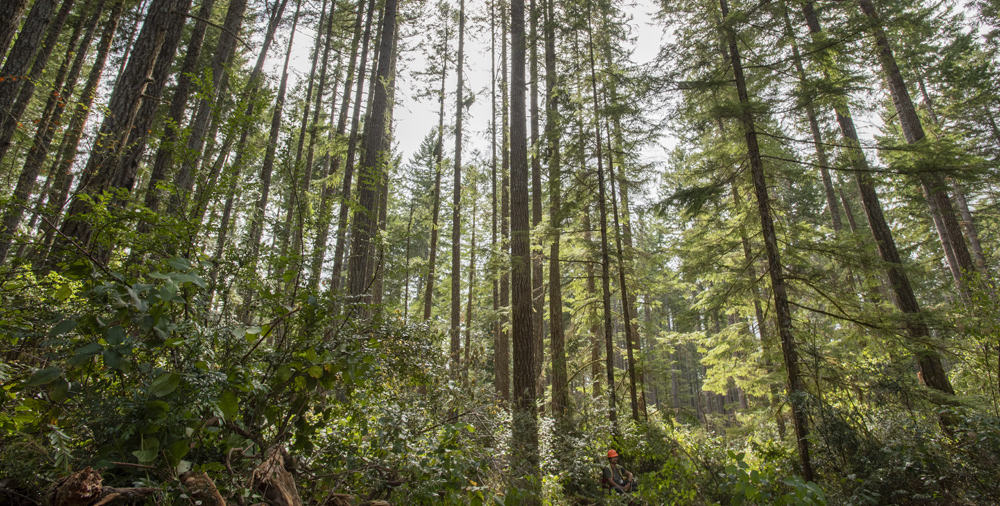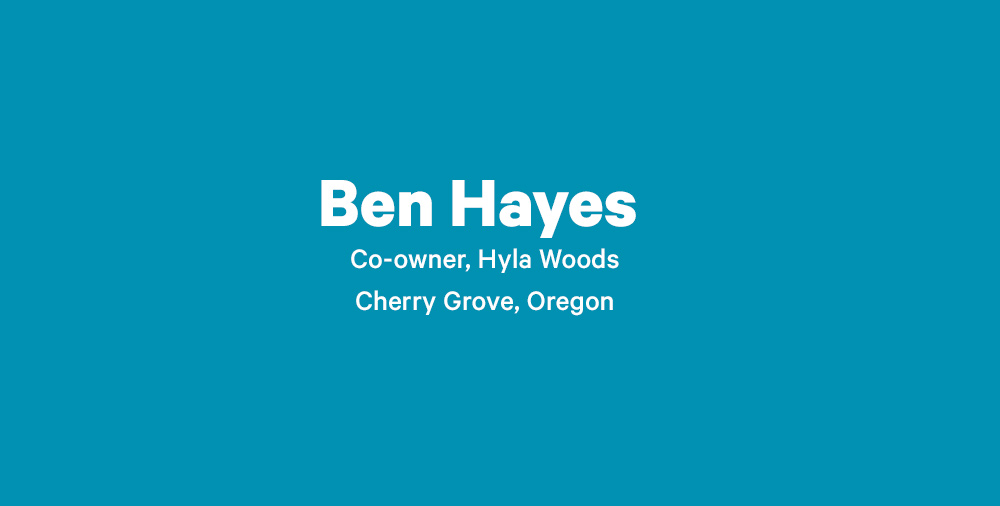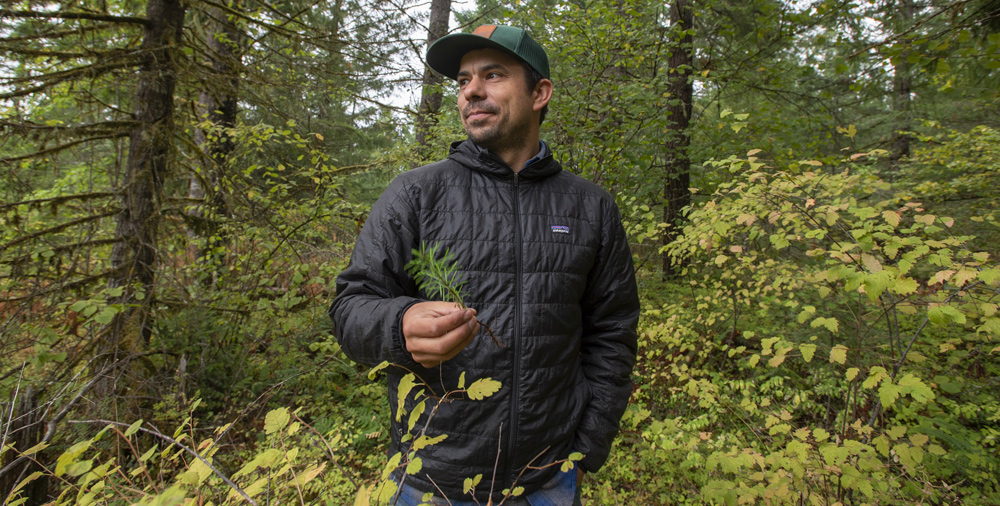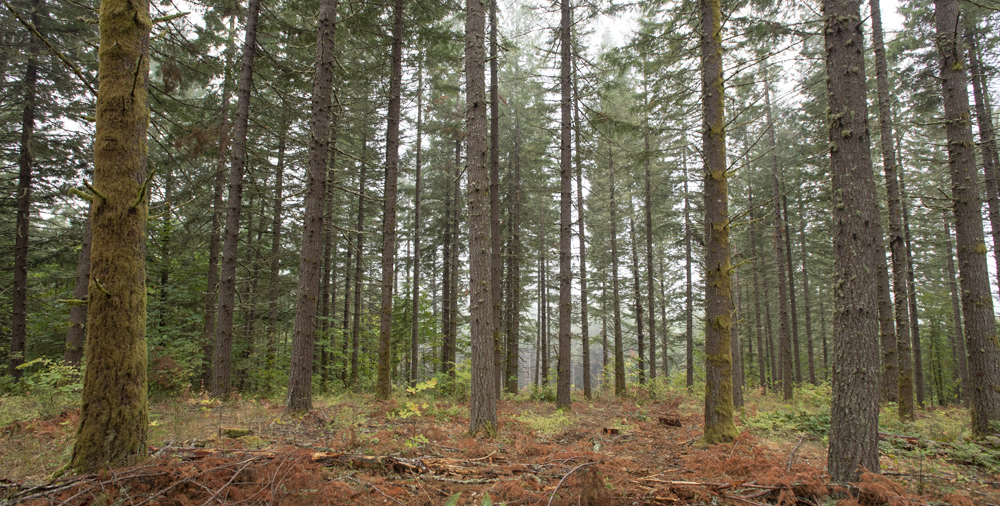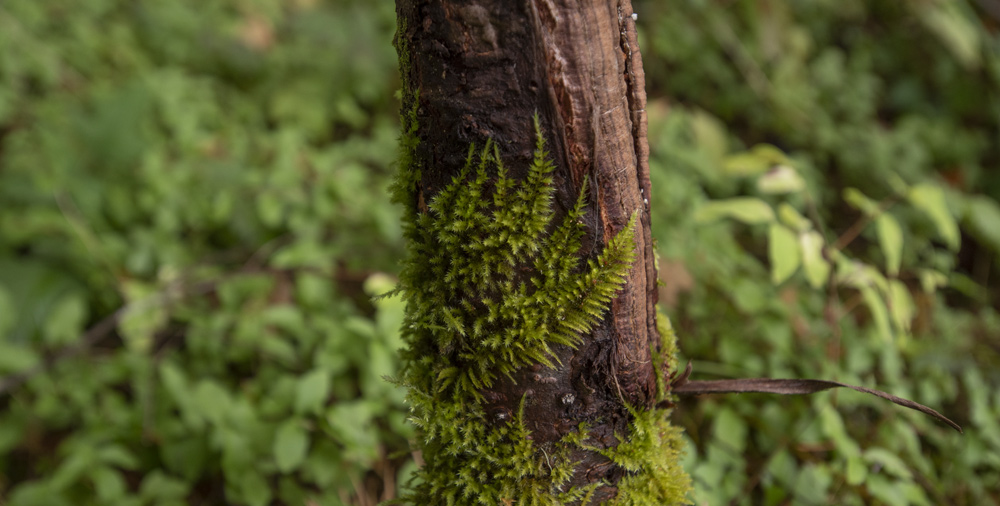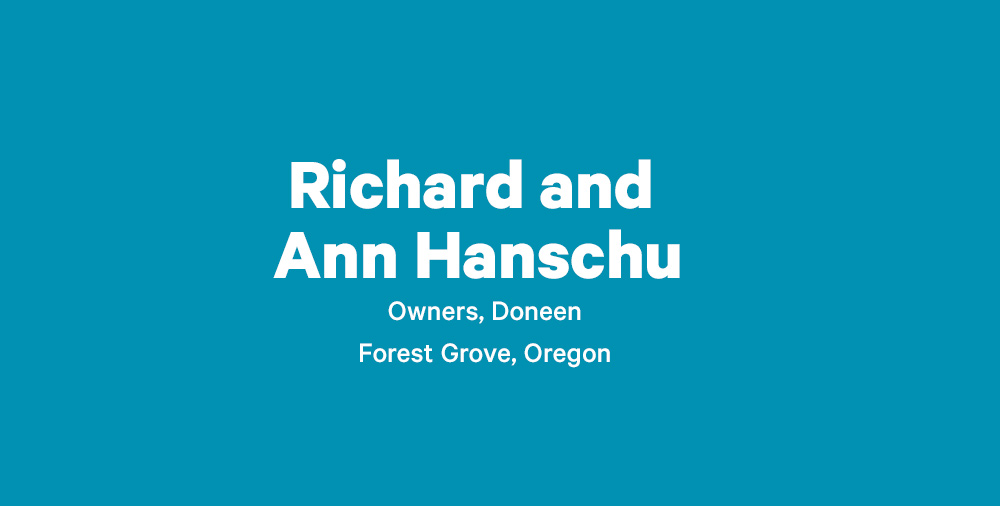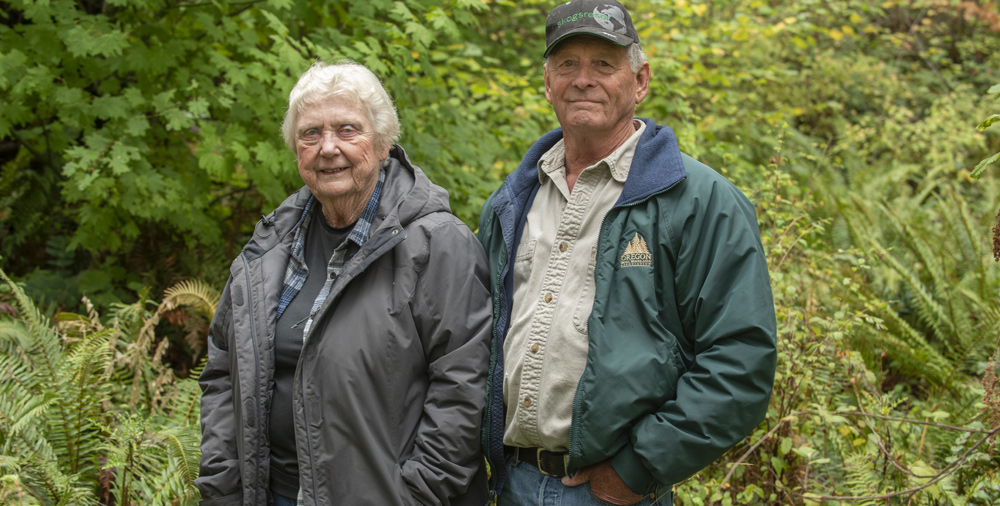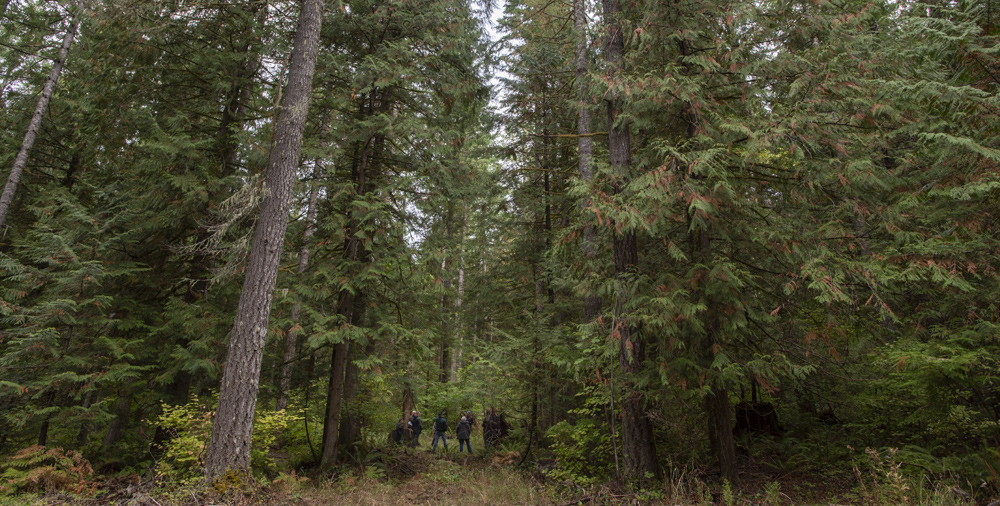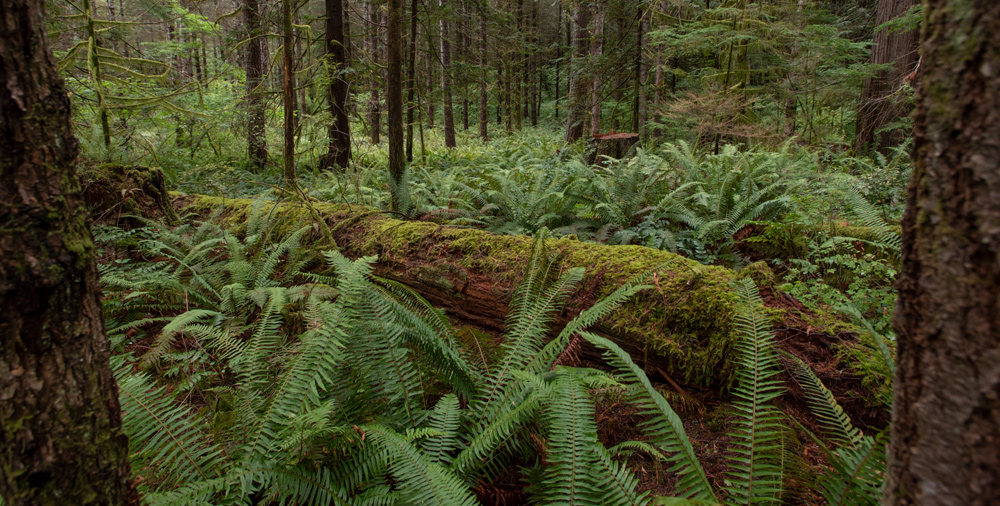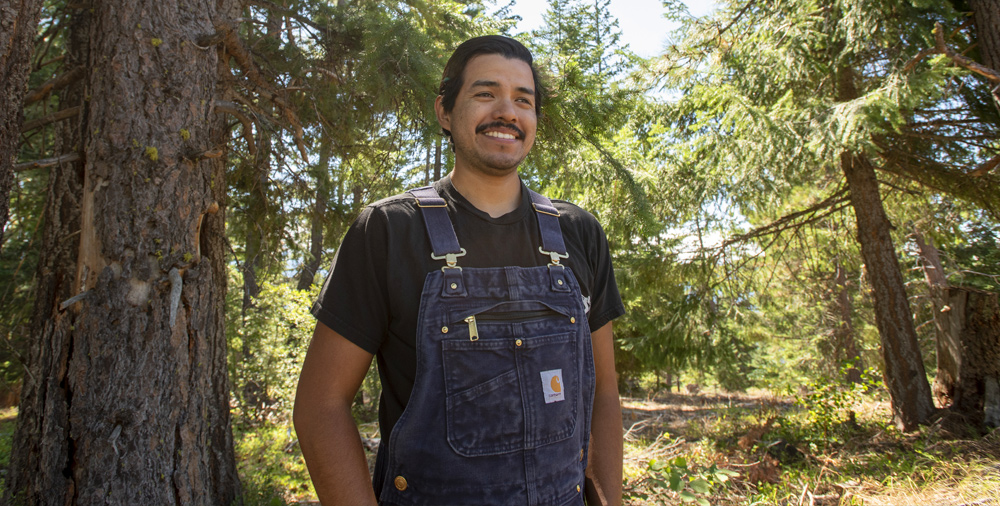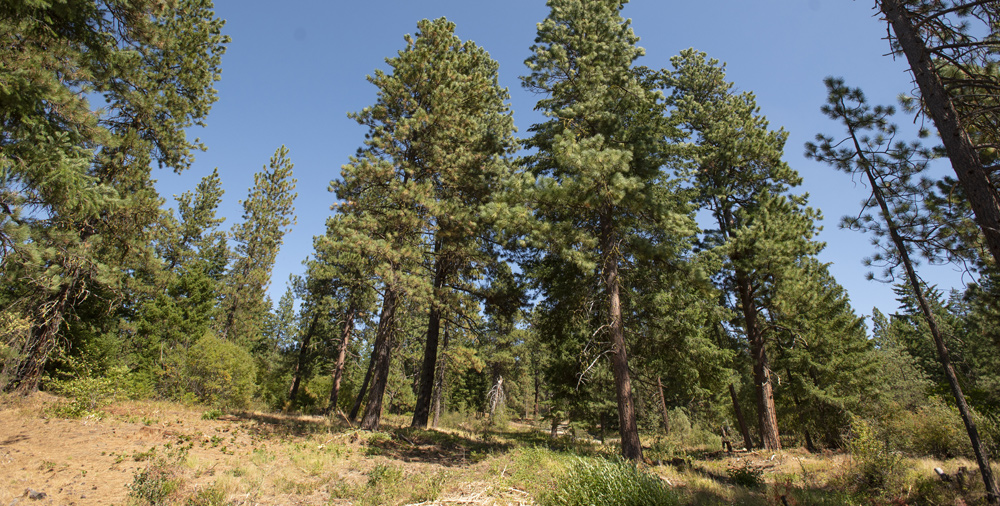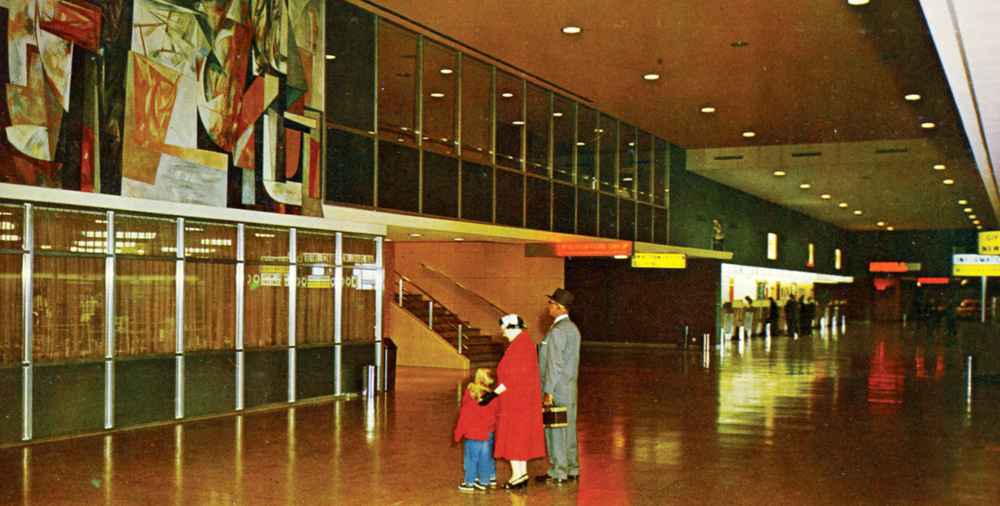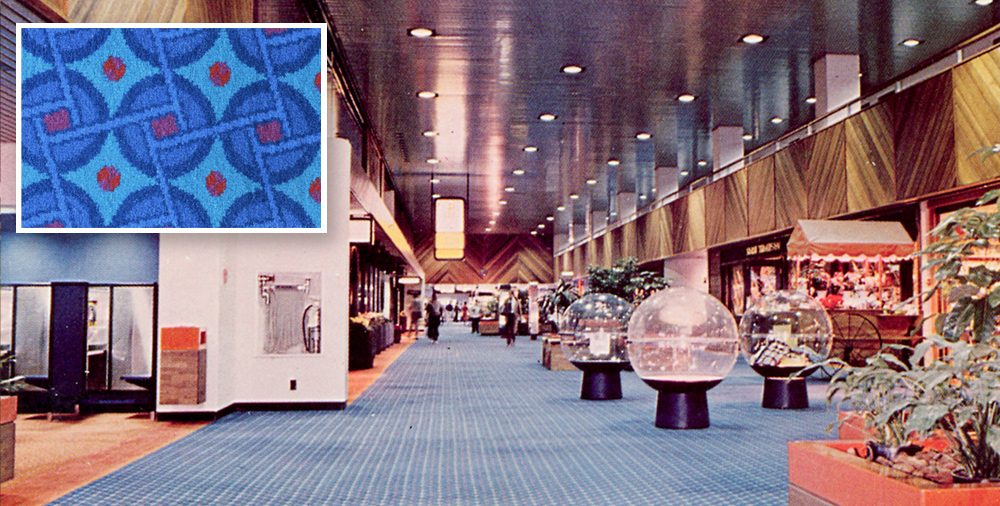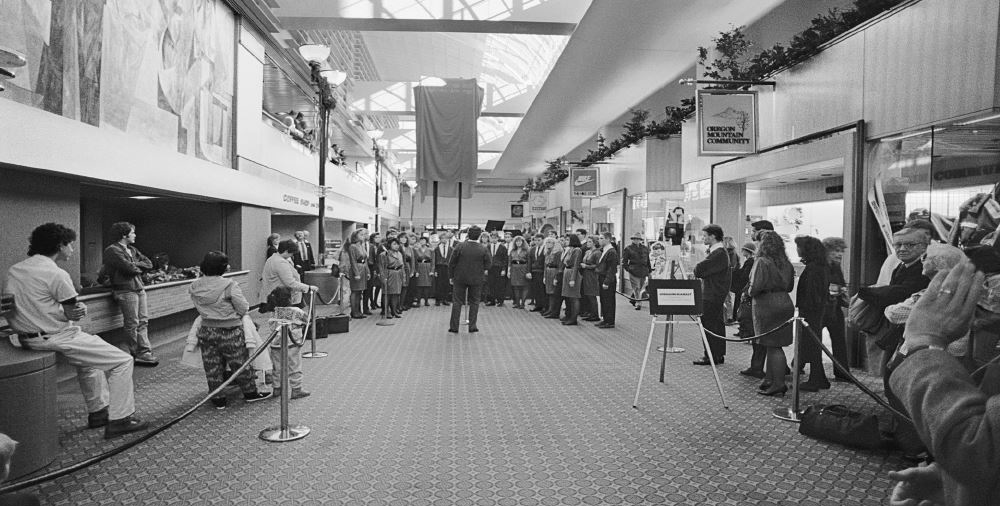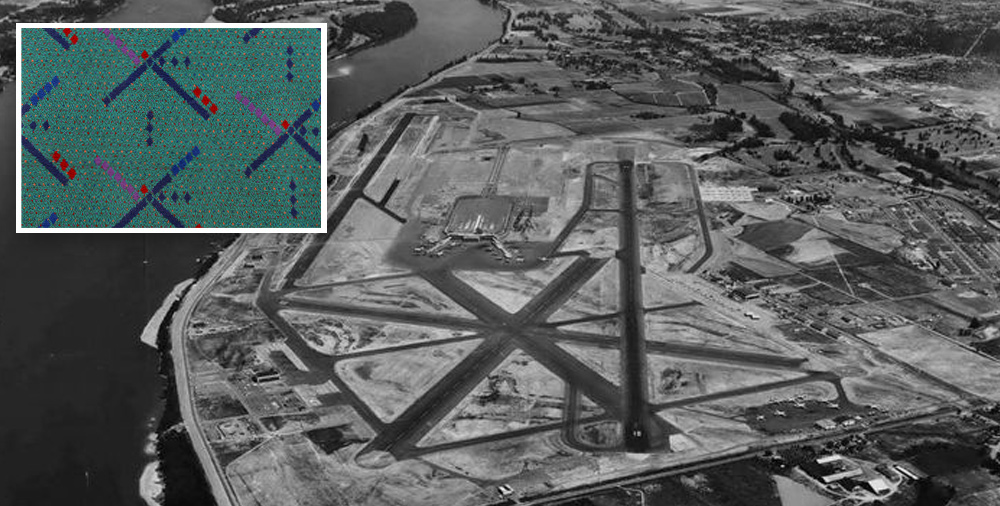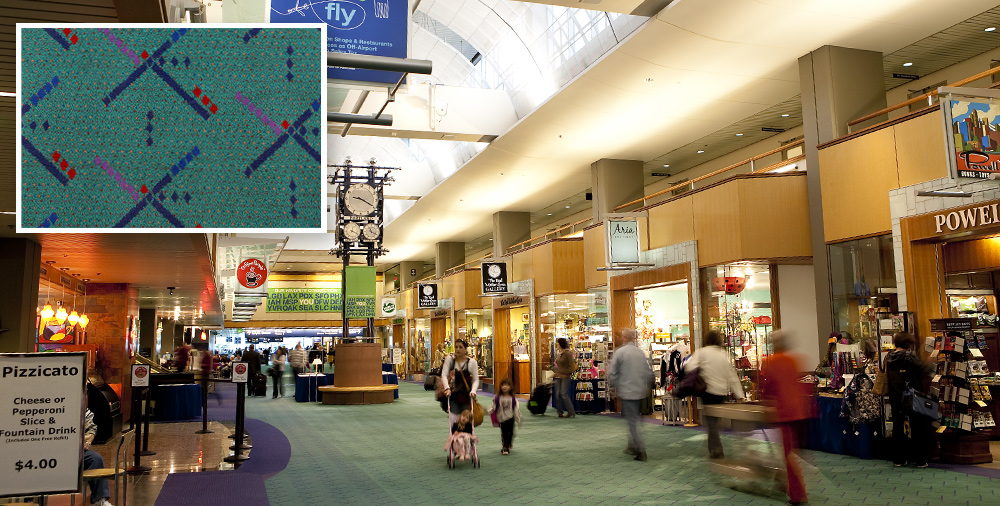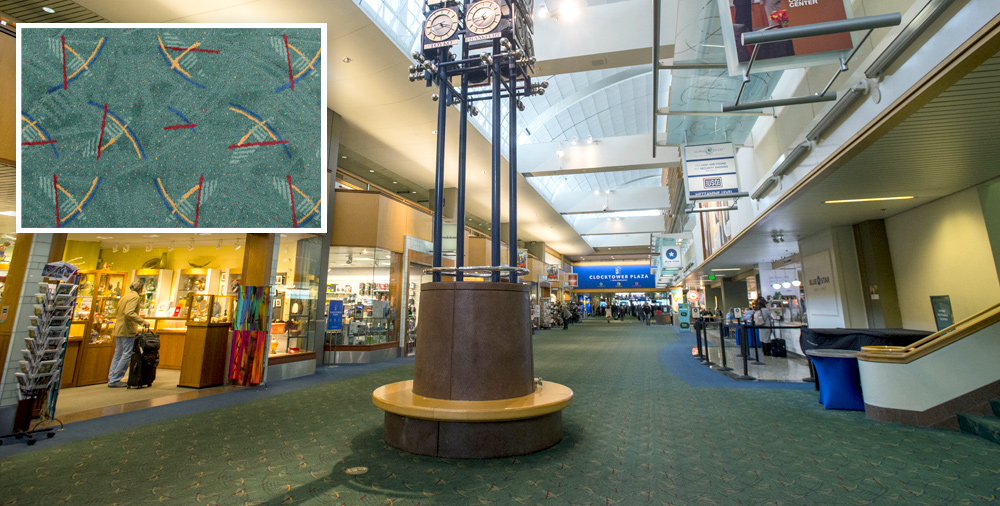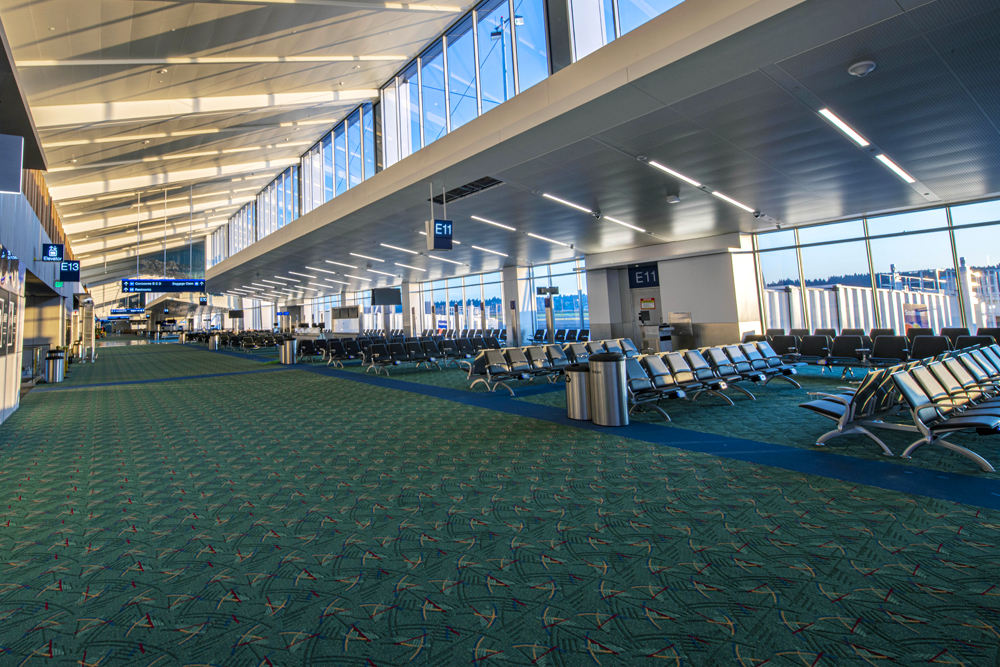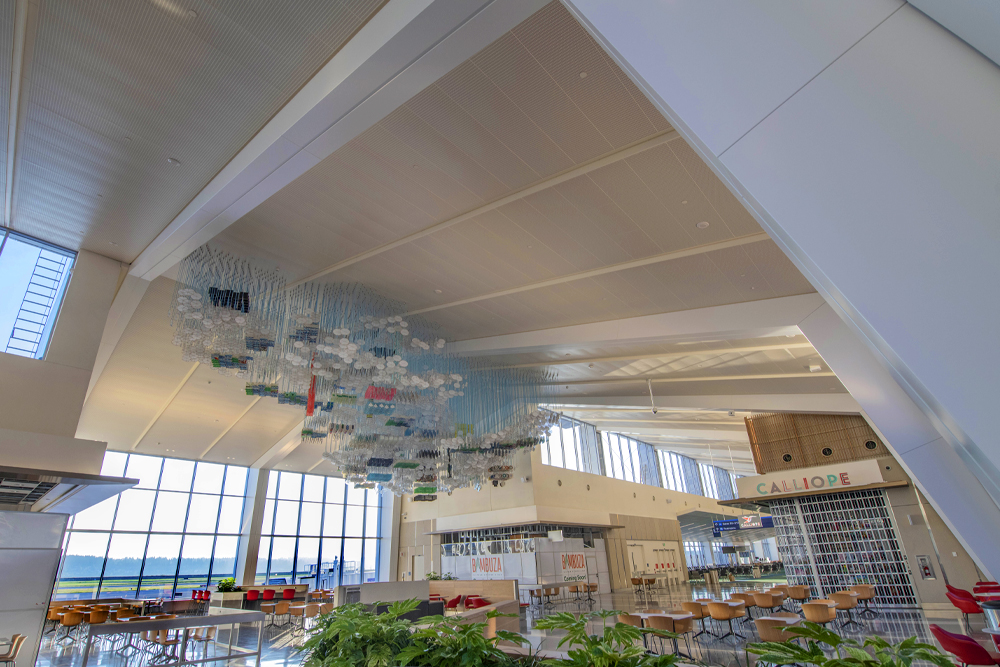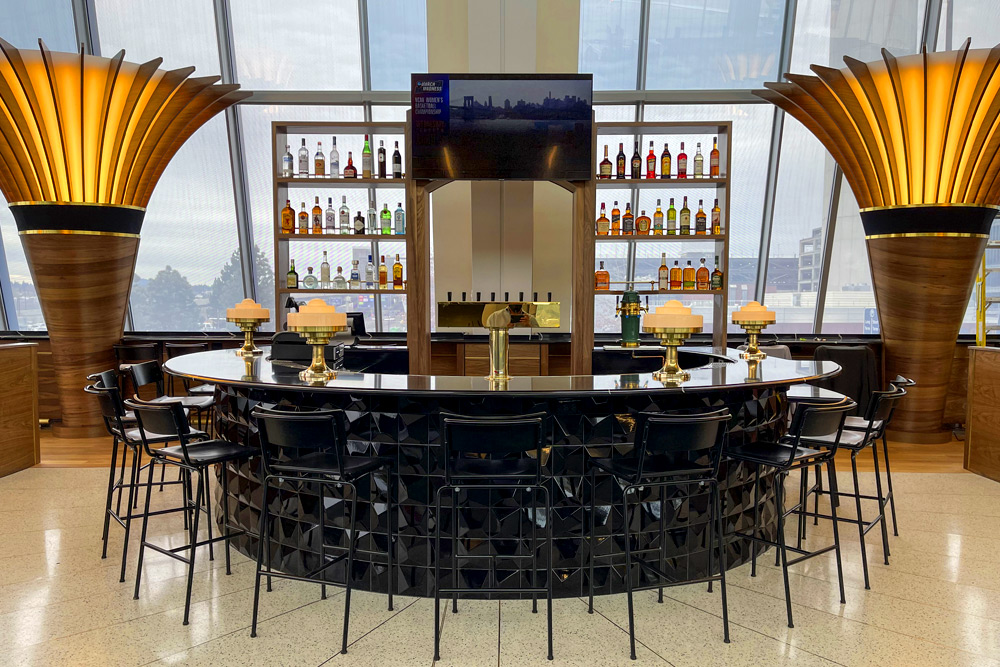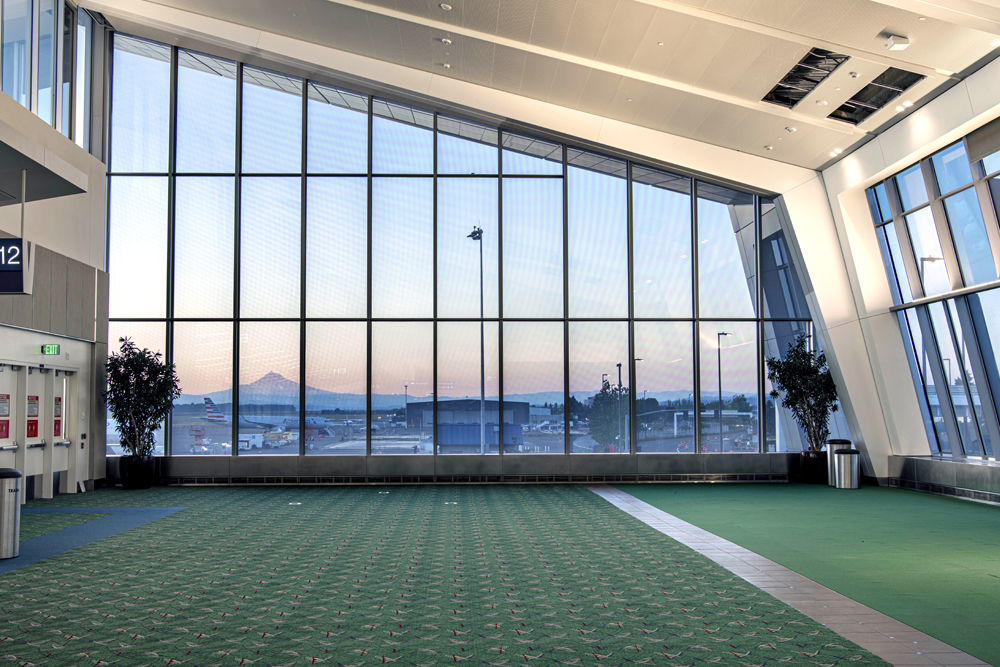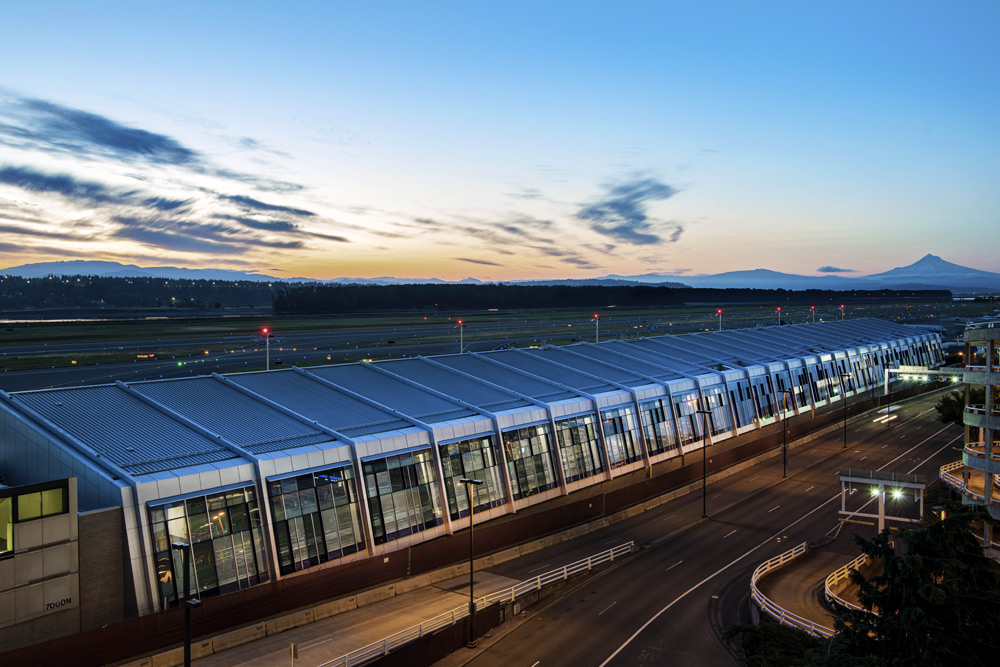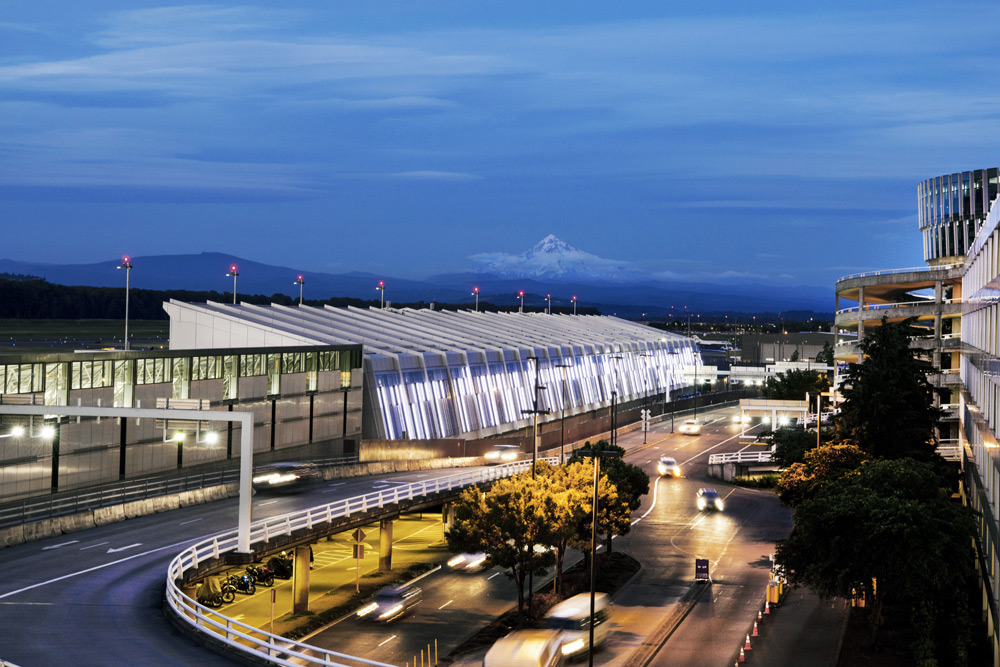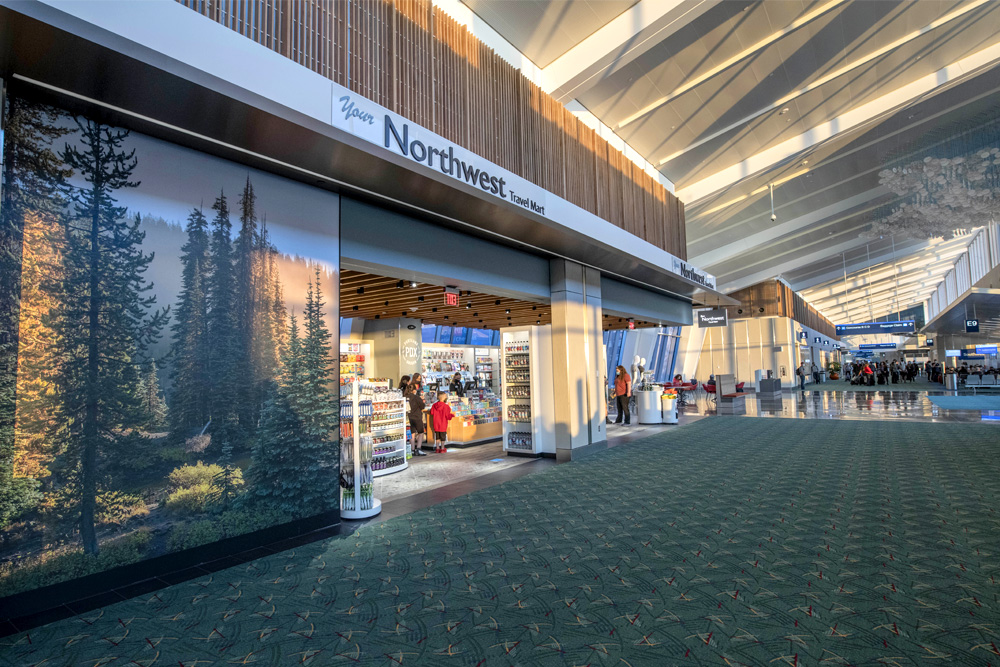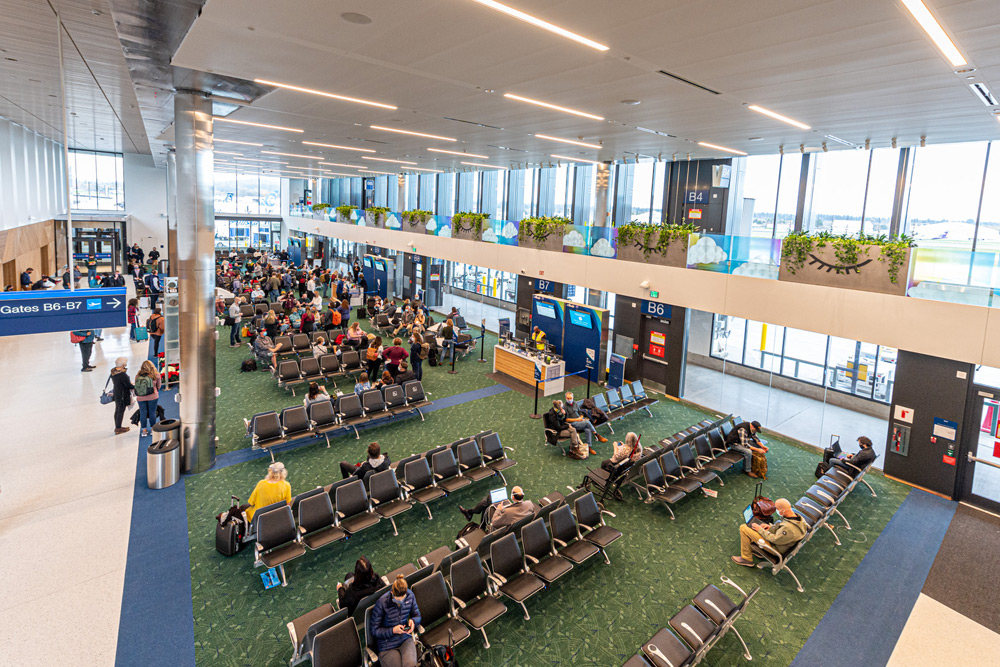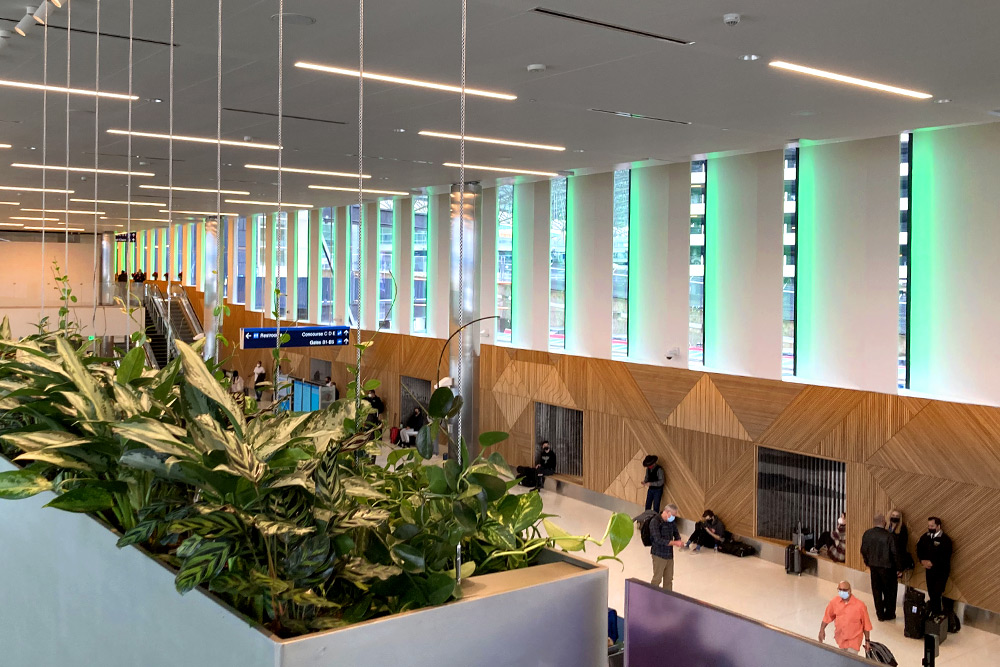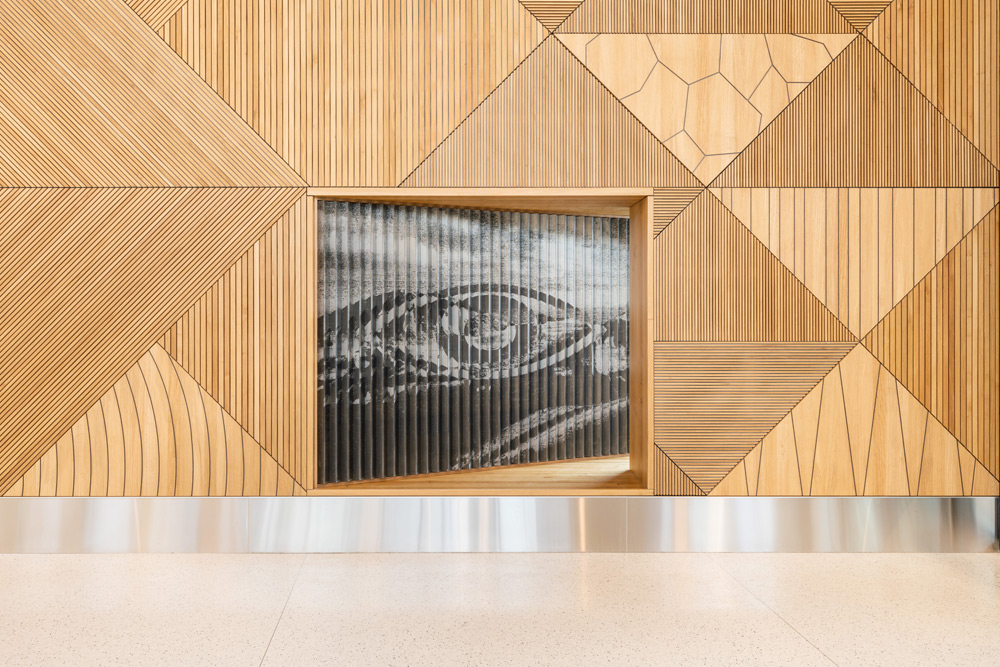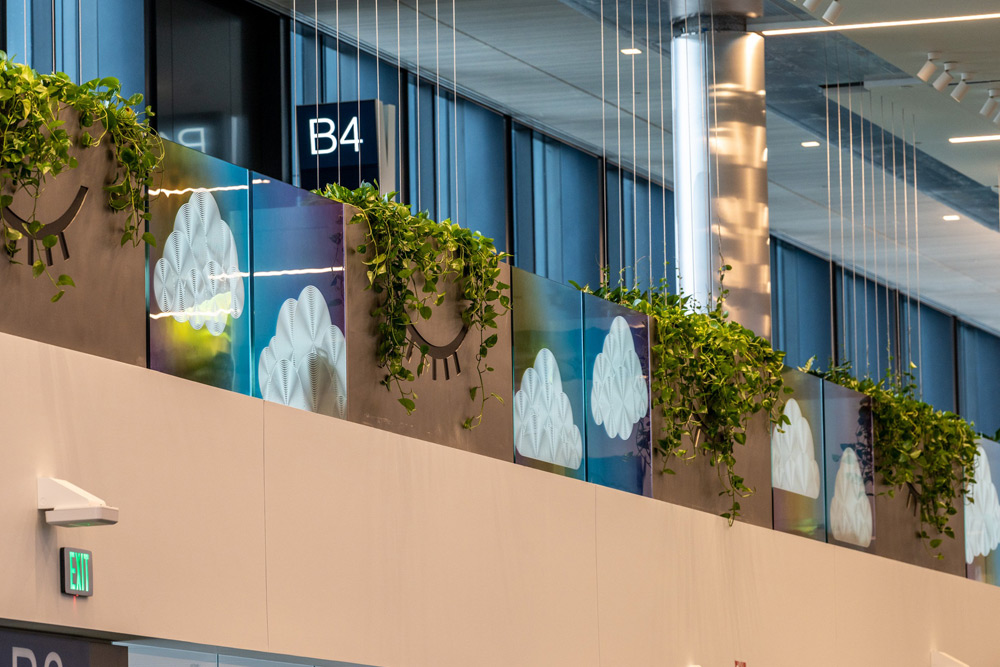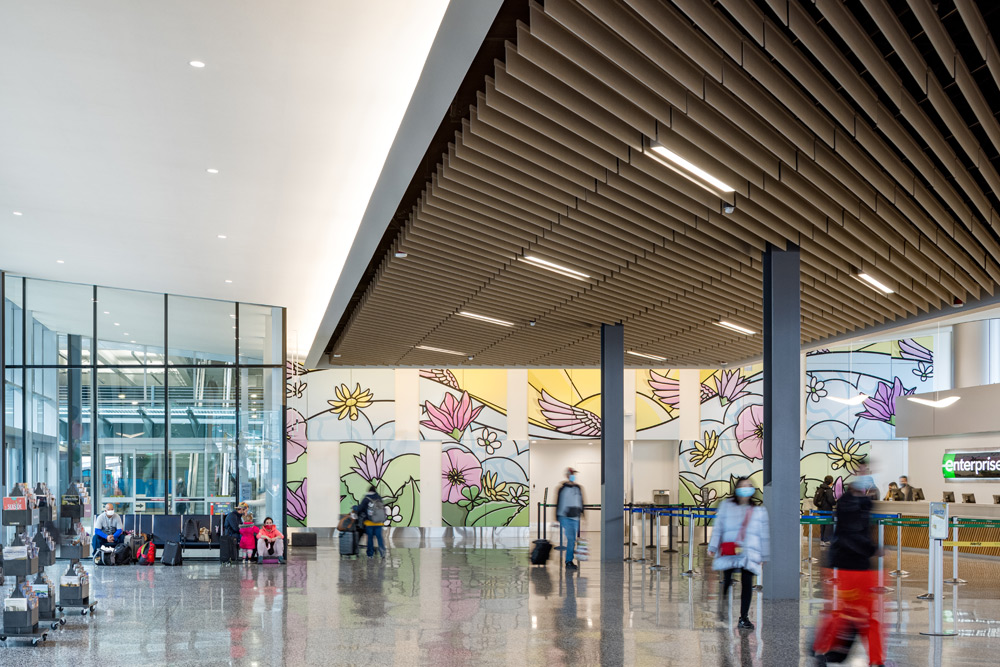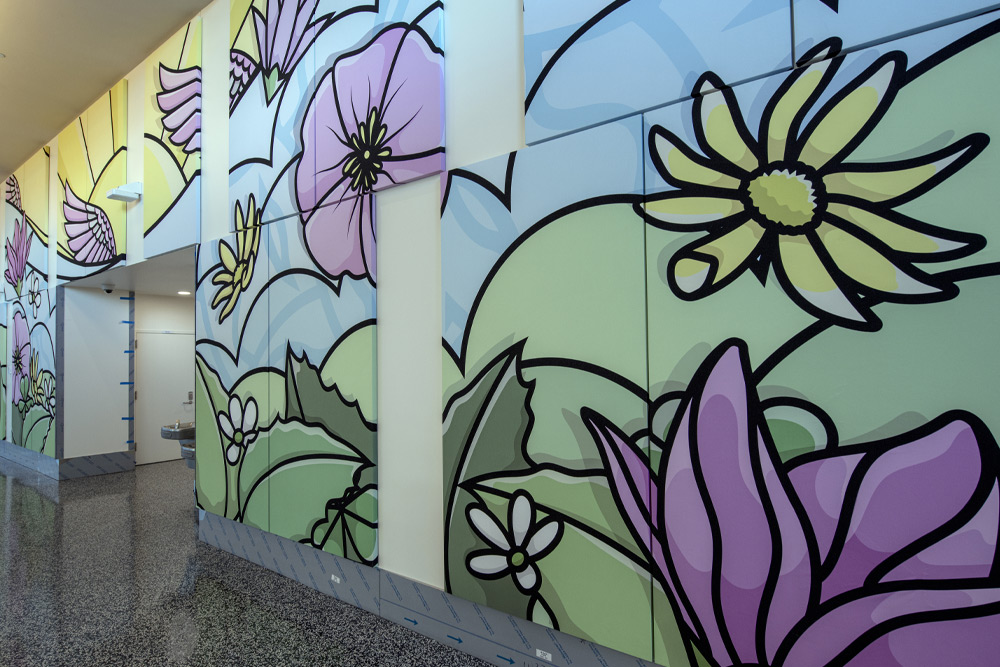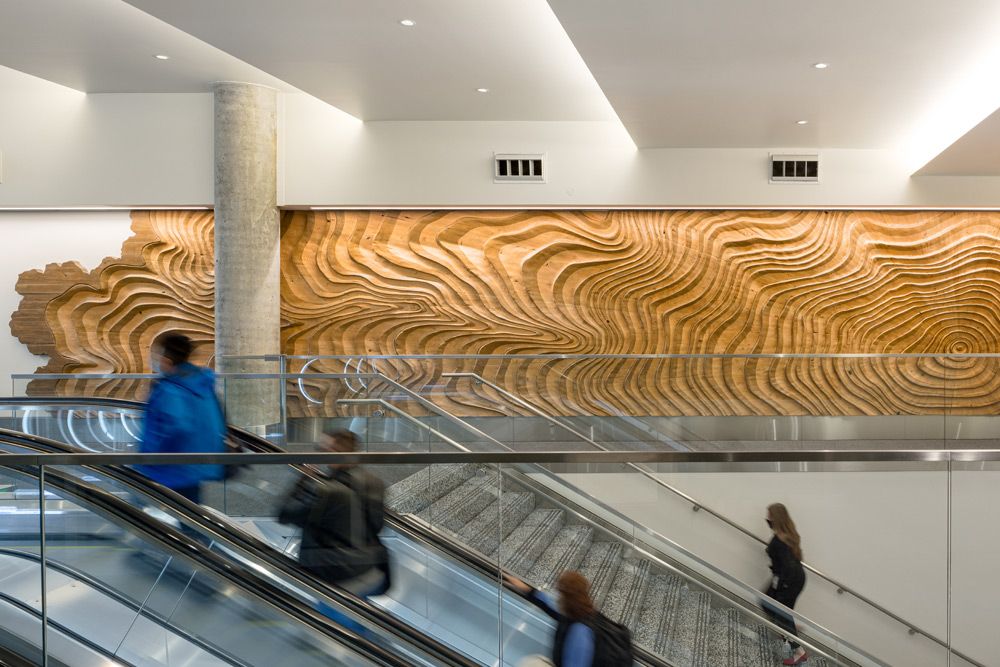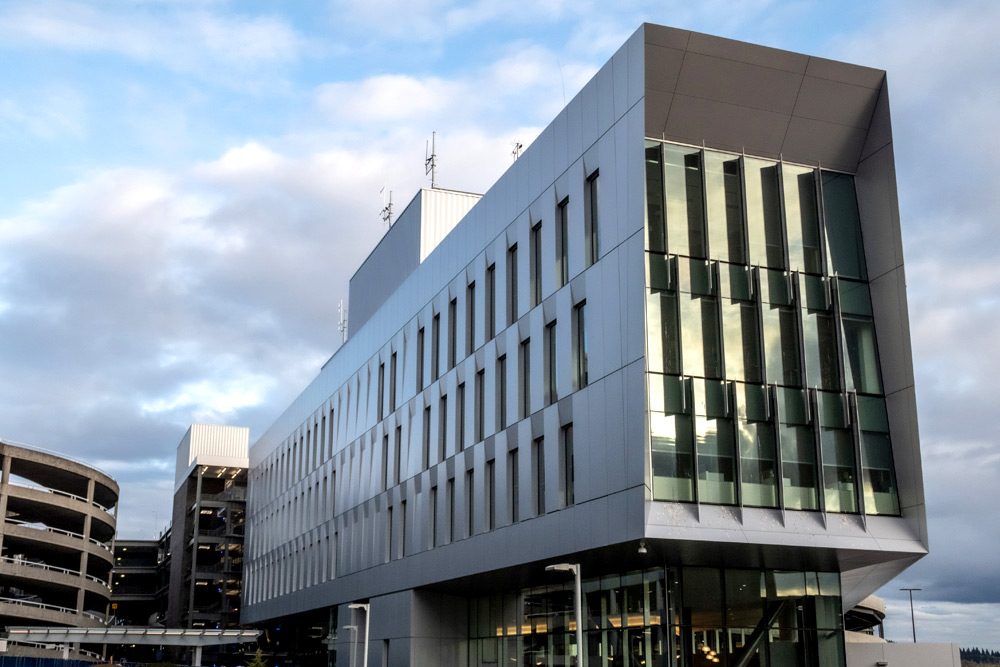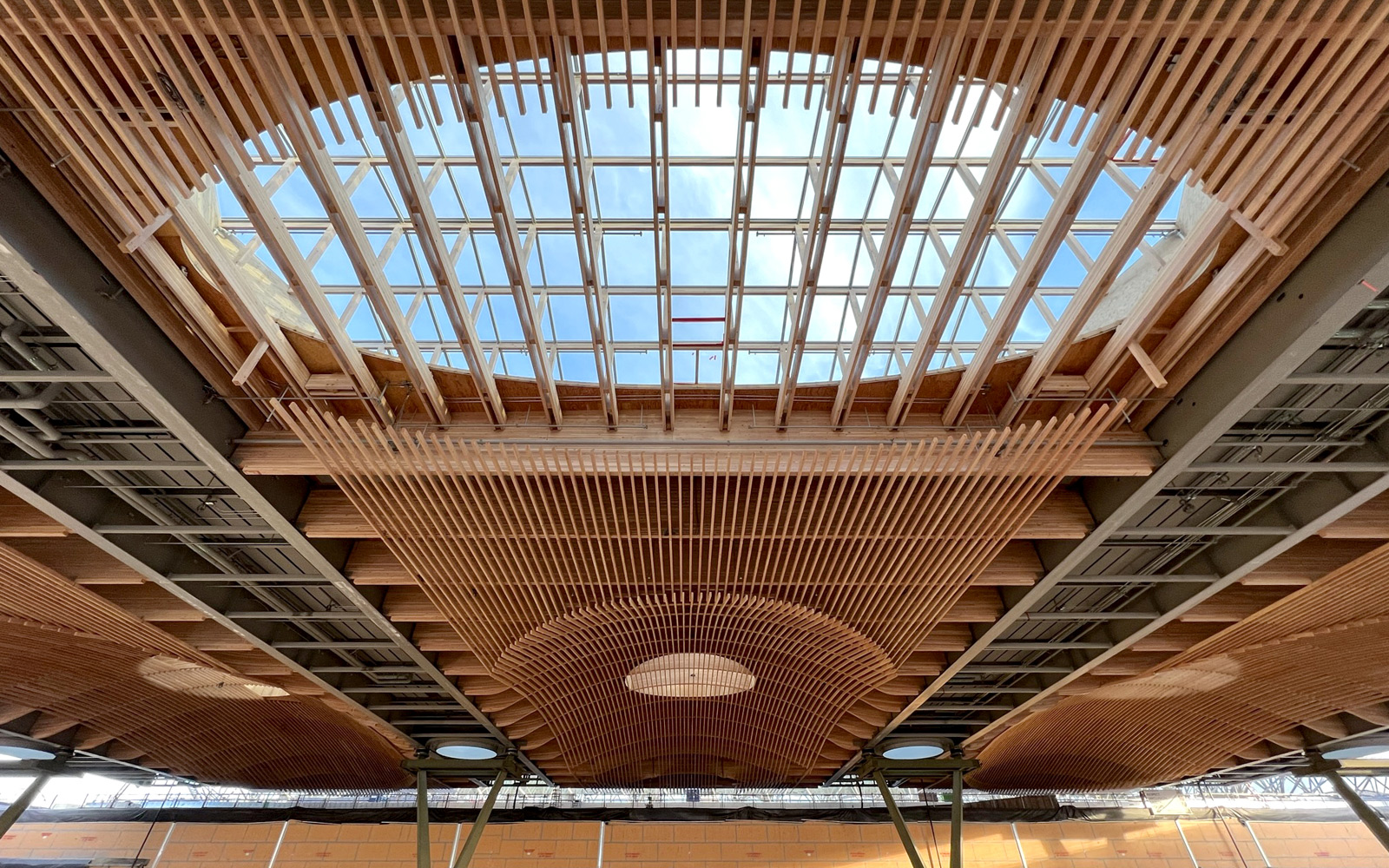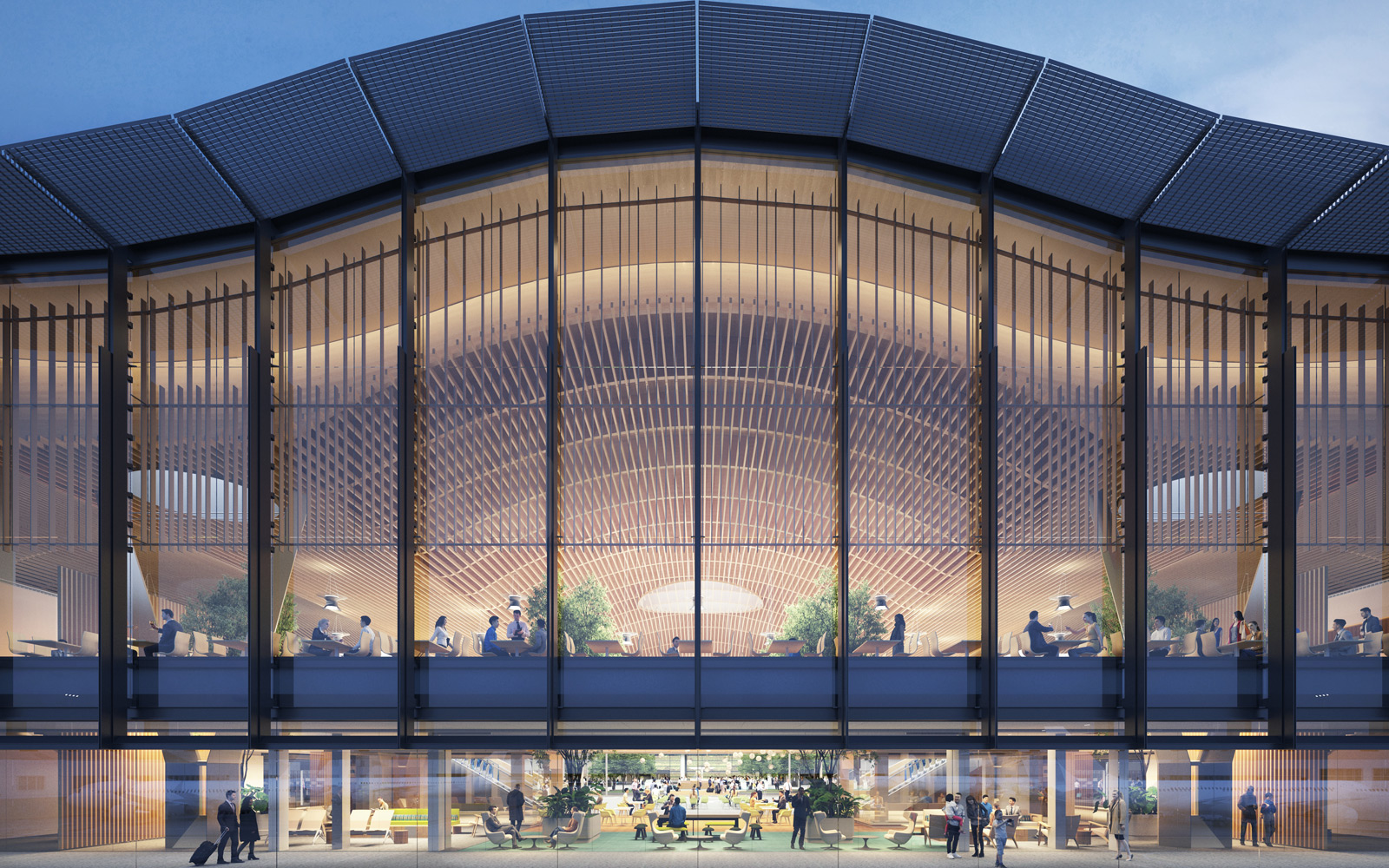When the new main terminal opens, most of the concession stands will be clad in Valerie Carey’s innovative recycled-wood panels. You won’t be able to see the results of her hard work, though—and that’s fine by her.
Valerie owns Portland’s Sankofa Lumber, a two-year-old company that collects wood waste from construction companies, then sells it back to builders in the form of pre-cut lumber and her SecondStory line of architectural panels made from recycled plywood or OSB (similar to particle board).
If this sounds a little like what you buy at Portland’s ReBuilding Center, you’re not wrong—Valerie actually moved to Portland in 2015 to manage the center. She has also built houses for her dad’s construction firm, gotten her master’s degree in sustainable development, and worked for City of Roses Disposal and Recycling. “If I look at my resume, I would never hire myself,” she jokes. “What I'm doing is the only thing that I'm qualified to do.”

The reason you won’t see Sankofa’s wood panels—which are made from scraps of mass timber left over from constructing PDX’s new roof—is that they’ll be covered in white-oak veneers from small family forests and mills throughout the region. But local carpenters and cabinet makers are falling in love with the way Carey’s products look on their own.
We had a few questions for Valerie:
What was the inspiration for Sankofa?When I was managing the ReBuilding Center, I always felt that the DIY backyard creative reuse, as inspiring and cool as it is, is not going to move the needle very far. When you consider that construction is responsible for 20% of all solid waste, and wood is half of that, we’re talking about 35 million to 40 million tons of wood a year.
That pencils out to 20-25% of the virgin lumber we harvest on an annual basis. Imagine going to the grocery store, and you end up throwing away 25% of what the farmers harvest. Most construction waste doesn't get turned into mulch. It’s ground up for industrial boiler fuel. That's “recycling” for wood waste.
What’s the wood that Sankofa salvages and sells?We take in mixed wood waste, from framing lumber scraps to bracing that they're tossing. It's perfectly reusable—it's standard to overorder your lumber package so you don't wind up sending a $40-an-hour carpenter with the truck for that last 2x6 you need.
With plywood, when a building gets “skinned” on the outside with standard plywood sheets, there's going to be scraps. We came up with cross-laminated panels made up of scrap plywood. Now they are being installed as wall paneling, countertops, work surfaces, drawer fronts, and cabinet doors.
How did you recycle the wood from the airport’s own roof into panels for the interior of the terminal?
It was a happy accident. PDX was looking to incorporate the reclaimed-plywood panel that we produce into custom panels with white oak facing. I'm buddies with Timberlab, which did all the custom cutting for the roof. They told me they had a ton of off cuts, and I'm like: “I have an idea!”
What does Sankofa mean?It’s a term from Ghana. The original way I heard it translated is “It’s not taboo to go back and retrieve what you've forgotten.” My mom's from East Africa, and there’s an alternate term in the Tigrinya language. But the influence of West Africa on the African American experience in this country was more important to nod to.
What did it mean to provide these panels to PDX?I feel like everything that I knew to be possible just got validated on a very big scale. It’s not a bespoke, small project that few people are going to see. It's huge. And I'm also really proud of how hyper-local this is. Our manufacturing partner is 30 minutes outside Portland. The people applying the finishes are within a 30-mile radius. And that's not including the Oregon white oak, which came from within a 100-mile radius.
It really speaks to the determination of everyone working on this project to highlight the Pacific Northwest’s ethos of sustainability and to do things differently. We don't have to do it the same way it always has been done.
